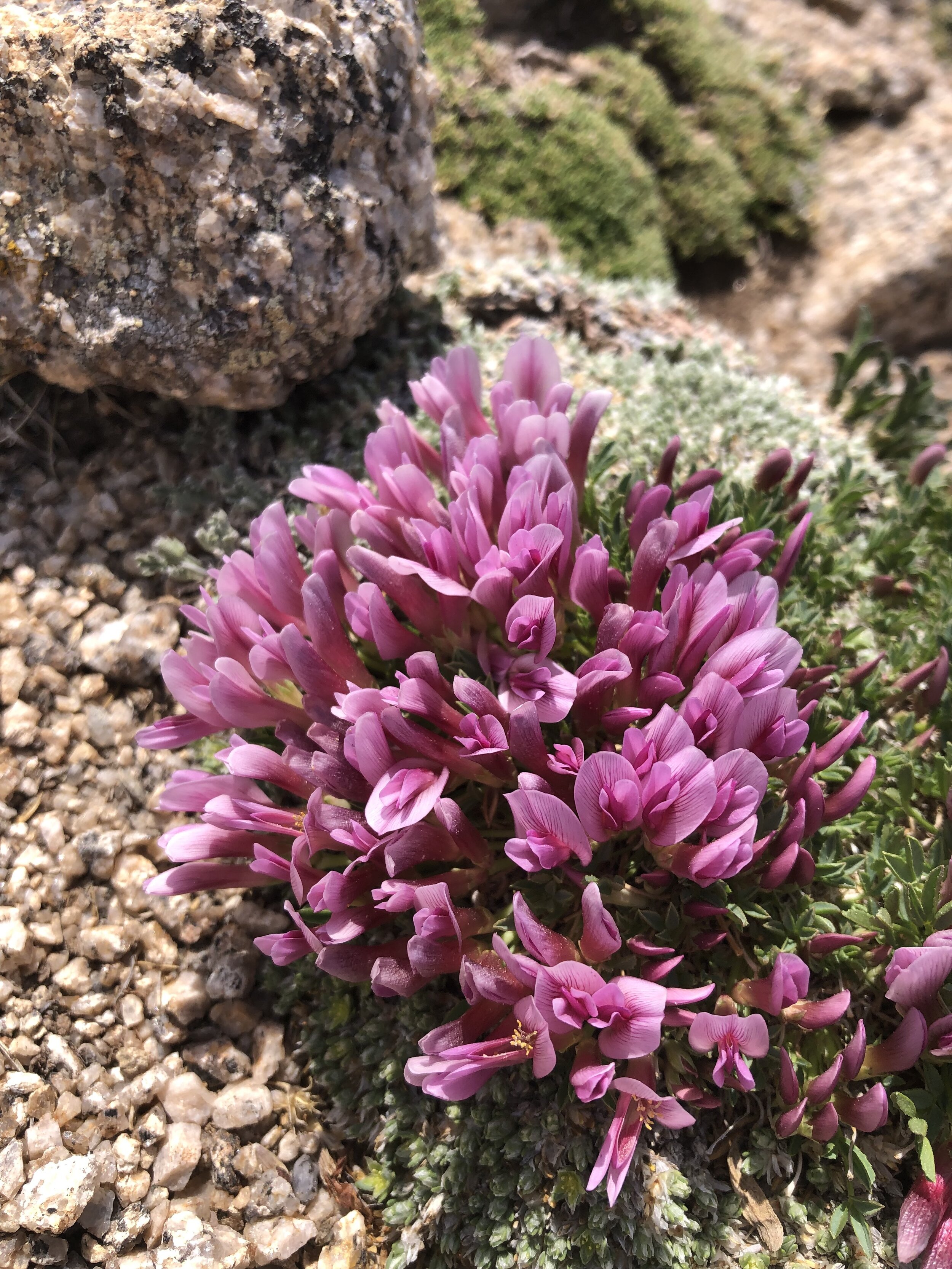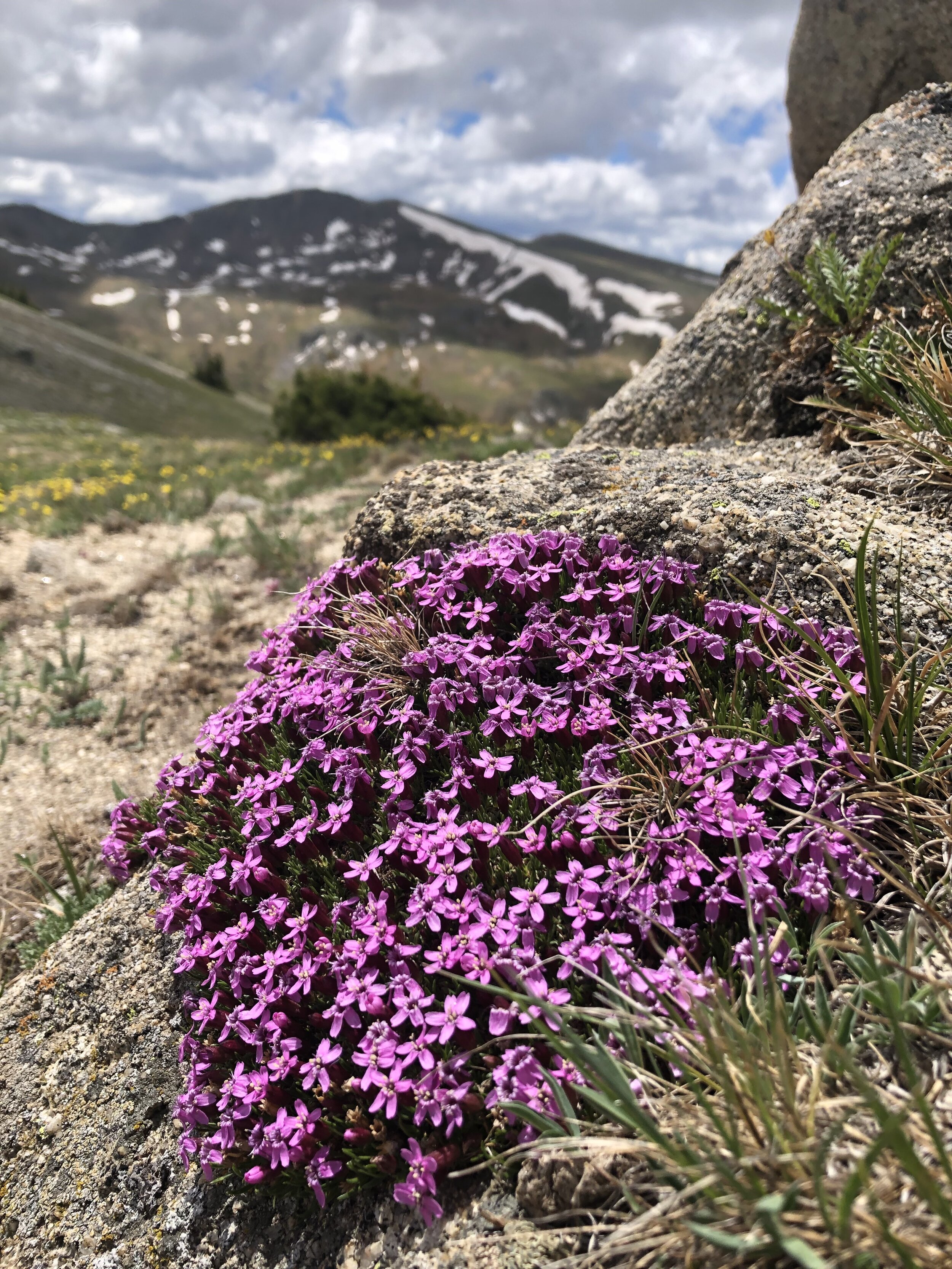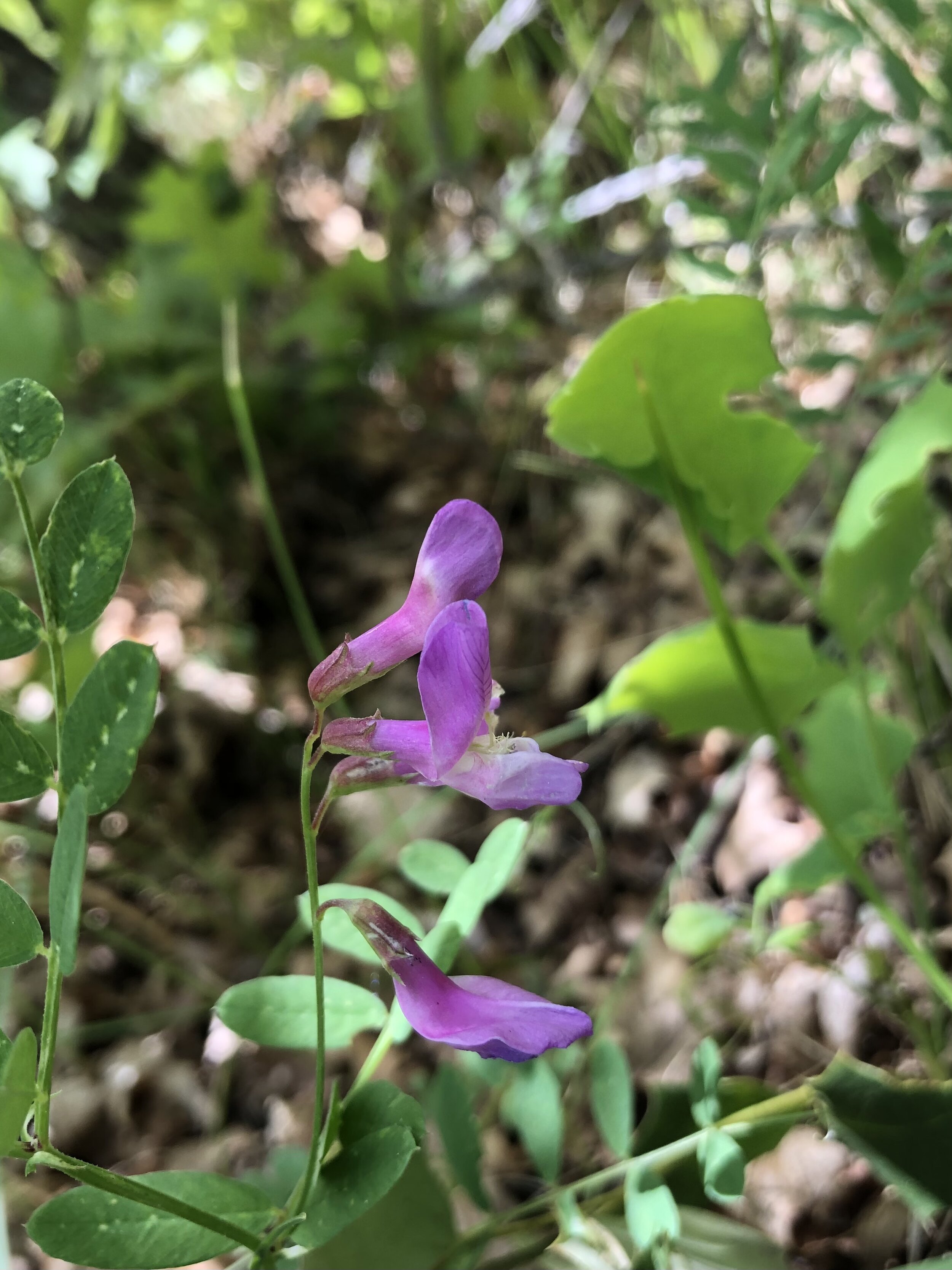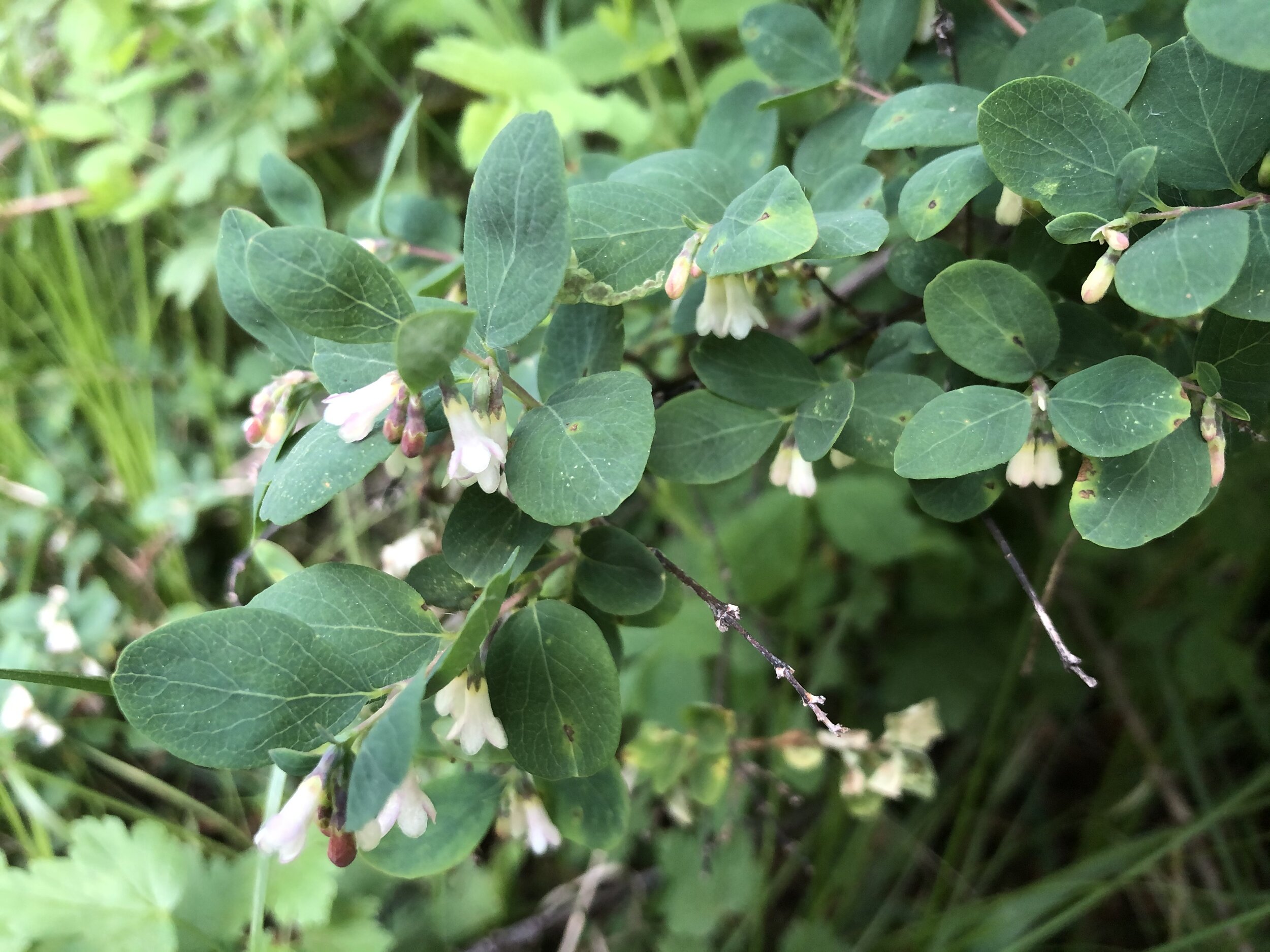Mertensia lanceolata, June 14, 2021
M. lanceolata, June 16, 2021, summit
Common & scientific name
Alpine bluebells, Mertensia lanceolata
Family
Borage, Boraginaceae
Location
Summit, 12,100’
Fun, weird, helpful, or little known fact
These are not the bluebells of Scottish fame (those are harebells, in their own Bellflower family), but our Mertensias grace our slopes from the valley floor in spring (M. fusiformis) to the alpine (here) and at all elevations near water in their largest form (M. ciliata).








































